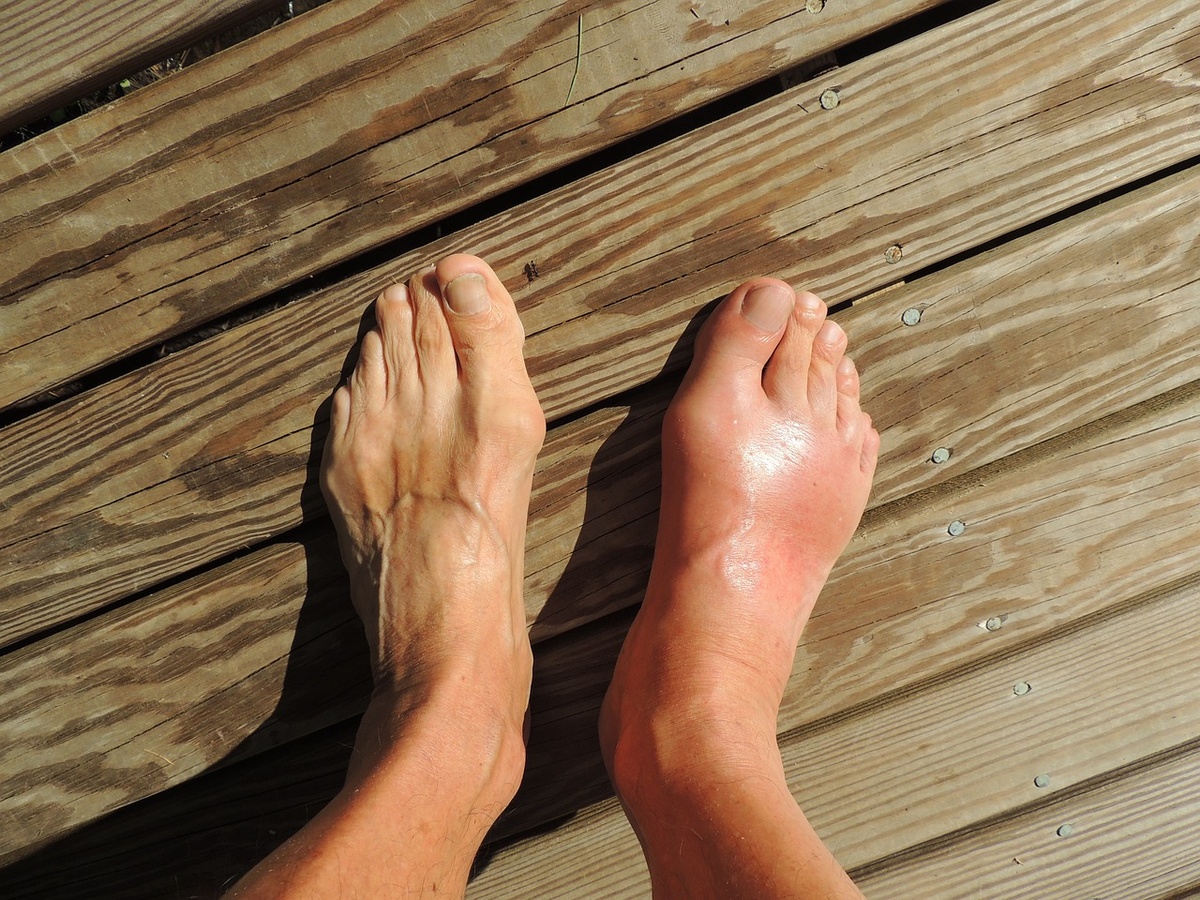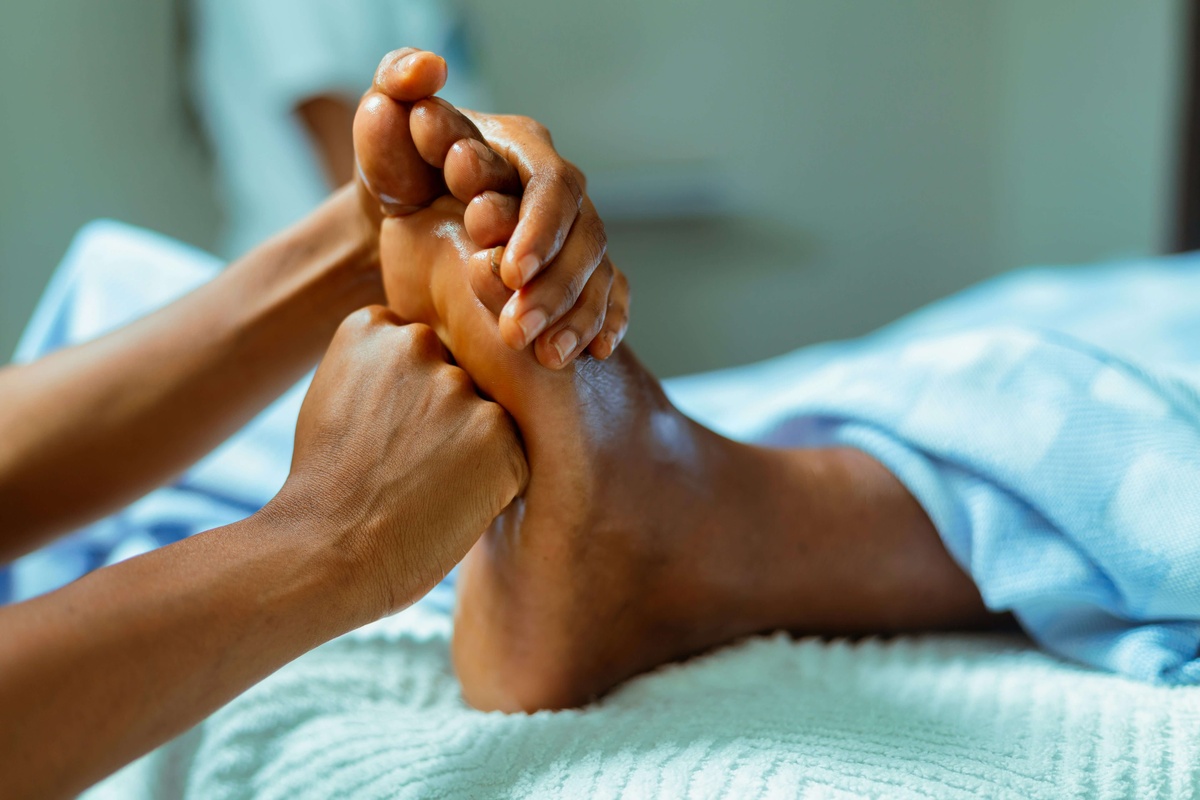
Why Do Passengers get Swollen Feet or Puffy Ankles After Flying, and What to do About It
Flying is often the gateway to an exciting adventure, but it can also bring some unexpected discomfort, like swollen ankles or feet. This condition, medically referred to as oedema, is common among air travelers and can occur due to prolonged immobility, changes in cabin pressure, and dehydration. Swollen ankles after flying, also known as puffy ankles or bloated feet, are usually harmless but can be uncomfortable. Understanding the causes, preventive measures, and remedies can help you minimize this issue and enjoy a more comfortable journey.
Causes of swollen ankles after flying
Many travellers experience swollen legs after flights. This condition is known as oedema, and it can stem from various factors associated with air travel. One primary cause is prolonged immobility. Sitting for extended periods during a flight restricts blood flow, leading to fluid accumulation in the lower extremities. The lack of movement causes the muscles in your legs to contract less, which is crucial for helping blood return to the heart.
In addition to immobility, cabin pressure at high altitudes can significantly impact your body. The pressure inside an aeroplane cabin at cruising altitude is lower than at sea level, which can cause body tissues to expand, including those in your feet and ankles, contributing to swelling. This change in pressure can also affect blood circulation, making it harder for the body to pump blood effectively from your legs back to your heart.
Dehydration is another critical factor. The air inside an aircraft cabin is typically very dry, leading to dehydration, which can thicken your blood and slow circulation, further contributing to swelling. Dehydration also affects the body's ability to maintain proper fluid balance, causing your body to retain more water than usual.
Your diet can also play a role in swollen ankles after flying. Consuming salty foods before or during your flight increases water retention in your body, which can exacerbate swelling in your lower extremities. Salt causes the body to hold onto water, increasing the volume of fluid in your blood vessels and tissues.
Pre-existing medical conditions such as varicose veins, heart issues, or poor circulation can make you more susceptible to swelling. These conditions can already impair your circulation, and the additional stress of flying can worsen the situation. Therefore, it's essential to consider these factors and take preventive measures to minimise the risk of developing swollen ankles during and after your flight.
How to avoid swollen feet when flying
Several preventive measures are essential to minimise the risk of puffy legs after flying. Staying hydrated is crucial; drinking plenty of water before and during your flight helps maintain fluid balance and prevents dehydration, which can exacerbate swelling. Aim to drink small amounts of water regularly rather than large amounts infrequently.
In addition to hydration, moving around periodically can significantly reduce the risk of swelling. Taking short walks in the aisle every hour helps maintain blood flow in your legs. Moving the legs also prevents fluid from pooling in your lower extremities. Simple in-seat exercises, such as rotating your ankles or flexing your feet, are beneficial, too.
Wearing compression socks is another effective measure to improve circulation and prevent fluid buildup. These specially designed socks apply gentle pressure to your legs, encouraging blood flow back to your heart.
Elevating your feet while seated can also reduce pressure on your legs and improve circulation. Using a footrest or placing your feet on your carry-on bag can be helpful.
It's best to avoid alcohol and caffeine during your flight, as both can contribute to dehydration and exacerbate swelling. Instead, opt for water or herbal teas. Lastly, choosing comfortable, loose-fitting clothing that does not restrict blood flow can make a significant difference. Tight clothing can constrict your blood vessels, making it harder for blood to circulate properly. By following these steps, you can help ensure a more comfortable and healthy flight experience.

Image by Oswald Elsaboath from Unsplash.
Remedies for swollen ankles after a flight
If you find your ankles swollen after a plane ride, several remedies can help alleviate the discomfort and promote quicker recovery. Elevating your feet above heart level is one of the most effective methods, as it encourages fluid drainage from the lower extremities back towards the upper body. This position helps counteract the effects of gravity that cause fluid to accumulate in your ankles.
Gentle massage of your ankles and feet can also be beneficial. Using slow, circular motions with moderate pressure can stimulate circulation and reduce swelling. Incorporating essential oils, such as lavender or peppermint, can add a soothing effect and enhance the massage experience.
Engaging in light exercise, such as walking or stretching, is another effective remedy. Gentle movement can help re-establish normal blood flow and reduce fluid buildup. Simple activities like ankle rotations, calf raises, and leg stretches can be easily performed at home or in your hotel room.
Staying hydrated is crucial for reducing swelling. Drinking plenty of water helps flush out excess salt and toxins from your body, which can contribute to fluid retention. Aim to drink at least eight glasses of water a day to maintain proper hydration levels.
Wearing compression socks even after your flight can continue to promote good circulation. These socks apply gentle pressure to your legs, helping to prevent further swelling and encouraging the movement of blood back to your heart.

Image by wzdigiphoto from Pixabay.
Understanding the duration of swollen ankles
Swelling in the ankles and bloated feet after flying usually subsides within a few days after your flight. However, if the swelling persists for more than a week or is accompanied by other symptoms like pain, redness, or warmth, it might be best to consult a healthcare professional to rule out more serious conditions.
Flight delays, cancellations, and overbooking
Travel disruptions such as flight delays, cancellations, and overbooking can add stress to your journey, potentially exacerbating physical discomforts like swollen ankles. Knowing your rights can help you manage these situations more effectively.
You might be entitled to compensation if your flight is delayed by more than three hours. Always check your eligibility. For flight cancellations, if your flight is cancelled less than 14 days before departure, you could claim compensation and request a refund or an alternative flight. If you're denied boarding due to overbooking, you should receive compensation and assistance, including meals, accommodation, and alternative transport.
Luggage problems
Lost or delayed luggage can be a real spanner in the works of your travel plans. If you find yourself in this situation, inform the airline as soon as you realise your luggage is missing. It's important to save receipts for essential items you need to purchase due to the delay, as these costs may be reimbursed. Under the Montreal Convention, airlines are responsible for compensating passengers for lost, delayed, or damaged luggage.
Overcoming travel challenges with AirHelp
AirHelp is dedicated to making your travel experience smoother, even when things go wrong, whether you're looking for advice on swollen ankles after plane journeys or seeking compensation for travel disruptions.